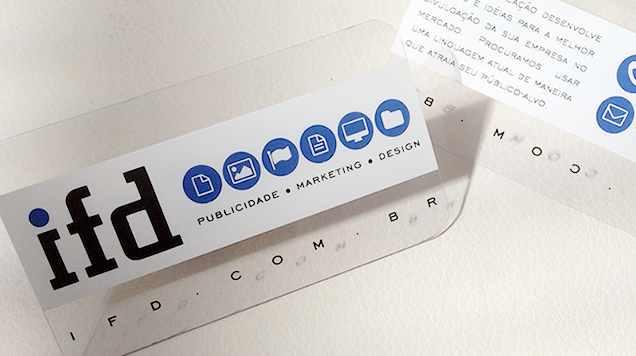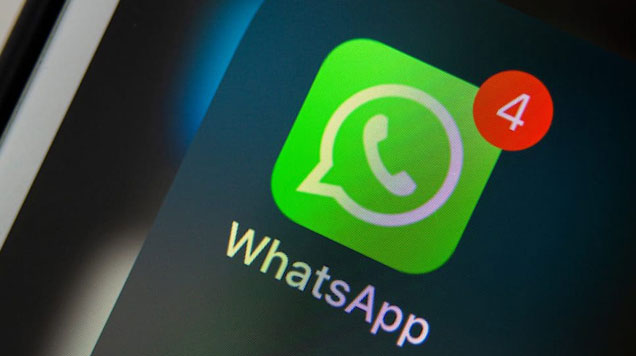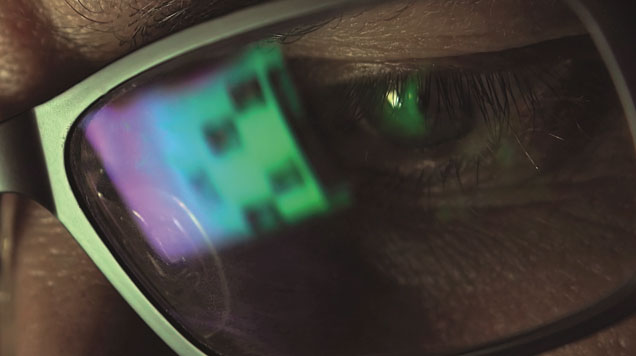The details may vary. Americans sling their business cards casually across a table; the Japanese make the exchange of cards as elaborate as a tea ceremony. Some cards are discreet. Guangbiao Chen, a Chinese tycoon, crams his with titles such as “China earthquake rescue hero”, “Most prominent philanthropist of China”, “China’s foremost environmental preservation demolition expert” and, in case you didn’t get the message, “Most influential person of China”. But the swapping of business cards is as close to a universal ritual as you can find in the corporate world.
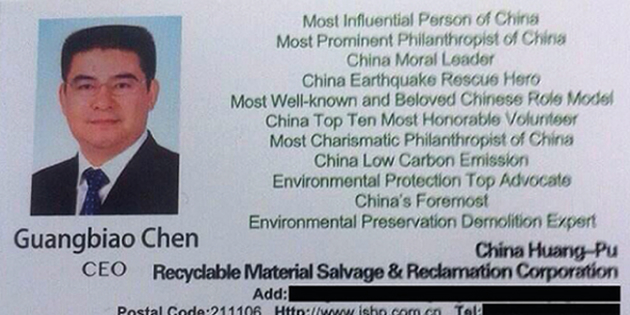
Business cards have been around a long time in one form or another. The Chinese invented calling cards in the 15th century to give people notice that they intended to visit. European merchants invented trade cards in the 17th century to act as miniature advertisements. They can provoke strong emotions. Nothing will provoke more discussion at a board meeting than the design of the company’s business cards, says a veteran director. In Bret Easton Ellis’s novel, “American Psycho”, the serial-killer antihero tries to impress some fellow masters of the universe with his new business card. He is crestfallen when they all whip out equally fancy ones—and aghast when one produces an absent colleague’s card, which is on thicker paper and has a watermark.
Lots of companies try to turn their cards into miniature plugs for their products. Employees at Lego give out miniature plastic figures with their contact details stamped on them. McDonald’s business cards are shaped like a portion of fries. Bon Vivant, a Brazilian cheesemonger, uses a miniature cheese-grater as its card. A Canadian divorce lawyer once gave out cards that can be torn in two—one half for each of the feuding spouses.
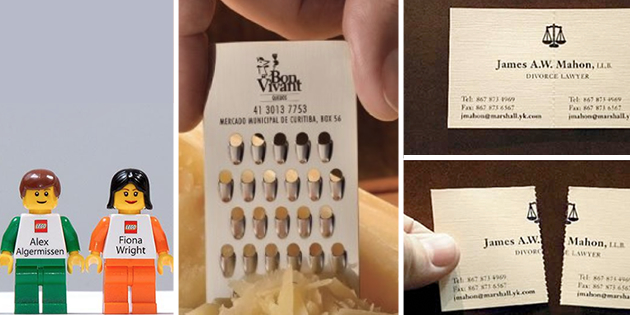
Such gimmicks can quickly pall—or grate, in the case of Bon Vivant’s cards. For techno-utopians, they just go to show that the physical business card is in its death throes. After all, why bother exchanging bits of thick paper at all when you can simply swap electronic versions by smartphone?
However, one can just as well argue the opposite: that business cards are here to stay, and in a blizzard of meetings and correspondence, it is more important than ever that your card stands out. Attempts to reinvent business cards for the digital age have got nowhere. Even at the trendiest of Silicon Valley tech gatherings, people still greet each other by handing out little rectangles made from dead trees rather than tapping their phones together. Facebook’s boss, Mark Zuckerberg, who briefly had a business card printed with “I’m CEO, bitch”, now hands out a sensible, grown-up version.
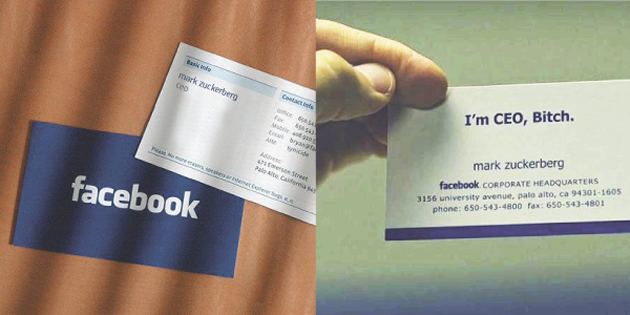
That business cards are thriving in a digital age is a forceful reminder that there is much about business that is timeless. Take, for instance, the eternal and inescapable question of whether you can trust someone. The number of things that machines can do better than humans grows by the day. But they cannot look people in the eye and decide what sort of person they are. And they cannot transform acquaintanceships into relationships. A good deal of business life will always be about building social bonds—having dinner with people, playing sport with them, even getting drunk with them—and the more that machines take over the quantitative stuff the more human beings will have to focus on the touchy-feely.
The rapid advance of both globalisation and virtualisation means that this trust-building process is becoming ever more demanding. Managers have to work harder at establishing trust with people from different cultures: chief executives of global organisations routinely spend three out of every four weeks travelling. They also have to get better at using personal meetings to reinforce bonds that were first formed over the phone or internet.
Here, business cards are doubly useful. They can be a quick way of establishing connections, particularly in Asia, where they are something of an obsession. The Chinese are following the Japanese in treating them as semi-sacred objects. Some businessmen hand out 24-carat gold cards. Nursery-school children sometimes carry cards not only with their own contact details, but also with the job descriptions of their parents and even grandparents.
Cards can also act as a physical reminder that you have actually met someone rather than just Googled them. Rifling through piles of different cards helps to summon up memories of meetings in ways that simply looking through uniform electronic lists never would. They can even raise a smile: David Cheesewright, the boss of Walmart’s international division, hands out miniature cards made of recycled paper and emblazoned with the name “Dave”, presumably in an attempt to persuade people that, in spirit at least, Walmart is just like your friendly corner shop.
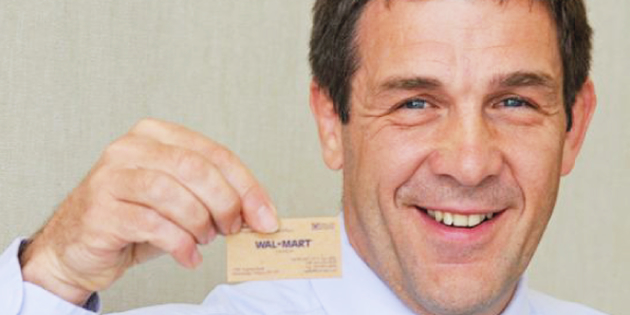
Don’t you know who I am?
Business cards are also proof of a second timeless principle—that hierarchy still matters. Management gurus such as Gary Hamel of the London Business School preach the virtues of flatter management structures. Firms like Zappos, an online shoe-shop, try to run themselves as a collegial “holacracy”. But business cards tell a different story: that someone’s job title is an essential part of his identity (even Mr Cheesewright’s jokey card leaves you in no doubt about his importance). Exchanging business cards is not just a way of sparking a conversation. It is a way of placing people correctly in the pecking-order without the embarrassment of asking them their formal title. As “wearables” go, this is a killer app.
The business world is obsessed with the notion of disruptive innovation. But there are lots of things that do not need to be disrupted or innovated. Your columnist finds paper diaries less fiddly than electronic ones. Having dinner with someone is a better way of getting to know them than Skypeing. And exchanging business cards still seems to be an excellent way to initiate a lasting relationship. The ritual swapping of paper rectangles may be old-fashioned but on it will go.
source: The economist
IFD Note: Business card connected to the first impressions about your service/company – logotype, visual identity, a distinctive design makes a huge difference at this moment. Get in touch, we can help you impact your customers.
3 Rules To Smart Business Card Etiquette
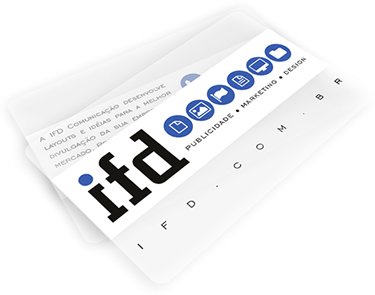 Here are a few tips on what to do and what not to do with your business card at networking events.
Here are a few tips on what to do and what not to do with your business card at networking events.
Rule #1: Keep your business card to yourself. DO NOT hand out your business card to everyone you see as if you are passing out $20 bills. Have you ever had someone come up to you while you are talking to someone else and slip a business card in your hand and keep moving.
Not only is it distracting, especially if the two people are making a great connection, it is also annoying. It’s the equivalent to receiving junk mail at your house. Unless you asked for information about the Tremble 3500 vacuum cleaner, chances are you are not going to joyfully read the advertisement that came in the mail – especially if you are as busy as most of us are.
You ask: But shouldn’t the goal be to get my name and contact info in front of as many people as possible?
Answer: Yes, and that is what advertising is for. Get a billboard, take out an ad, get a web page. Do not fool yourself into thinking that you successfully networked with a hundred people because you handed out a hundred business cards.
One of the goals of networking is to identify qualified leads, potential employers or referral sources. That doesn’t mean that you don’t meet and talk to people outside of those targets. But it does mean you are selective about who you choose to exchange information with.
Rule #2: Give your business card to someone when they ask for it. If I am interested in connecting with someone beyond an event, I will ask for a way to contact them. Notice that I did not say I will give them my card or give them my contact information. Why? If I give them my card, I have no control over whether they will contact me or not. If I get their information I have access to follow up with a phone call, via e-mail, or by connecting through their website. Passing out my card to 20 people does not mean that I will get 20 calls. But acquiring contact information of 20 people guarantees that I will have 20 people to add to my follow-up list.
Quick Tip: When someone ask for your business card, write a note on the back of it before you hand it over. It could be a note about what you talked about, a reminder about why they asked for your information. Something that jogs their memory as they go through the sea of cards they have in their collection.
Rule #3: Don’t waste contact information. Why take someone’s card if you are not going to follow up. Send an e-mail. Make a quick call. Send them a physical card. But do something to capitalize on the meeting. This doesn’t have to be complicated. You could send out an e-mail blast, blind carbon copy (BCC) only, giving your contacts an update on what you are doing. This goes for entrepreneurs and careerist. Entrepreneurs can send updates about new products or developments in their business. Professionals can send out industry relevant information and tips.
You ask: But can’t I just keep the card in case I need the service later?
Answer: Yes you can. But it seems more likely and more wise that if you needed a service from someone you didn’t already have in your network that you would ask someone you know for a referral rather than choosing a random card from your stack. Don’t make the assumption that just because you have their card, that the business or individual is a part of your network – especially if you have no experience with the quality of their work. One of the quickest ways to ruin your reputation is to make bad referrals.
The take away:
- Keep your business card to yourself until someone asks for it.
- Only ask for cards or contact information for people you intend to follow up with.
- Make the most of your networking by regularly connecting with your contacts.
Happy networking!
